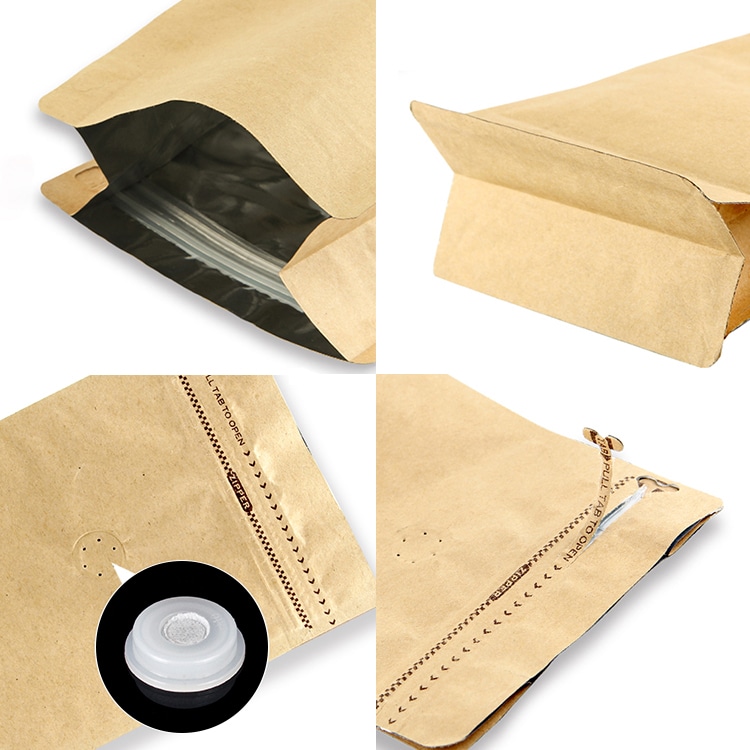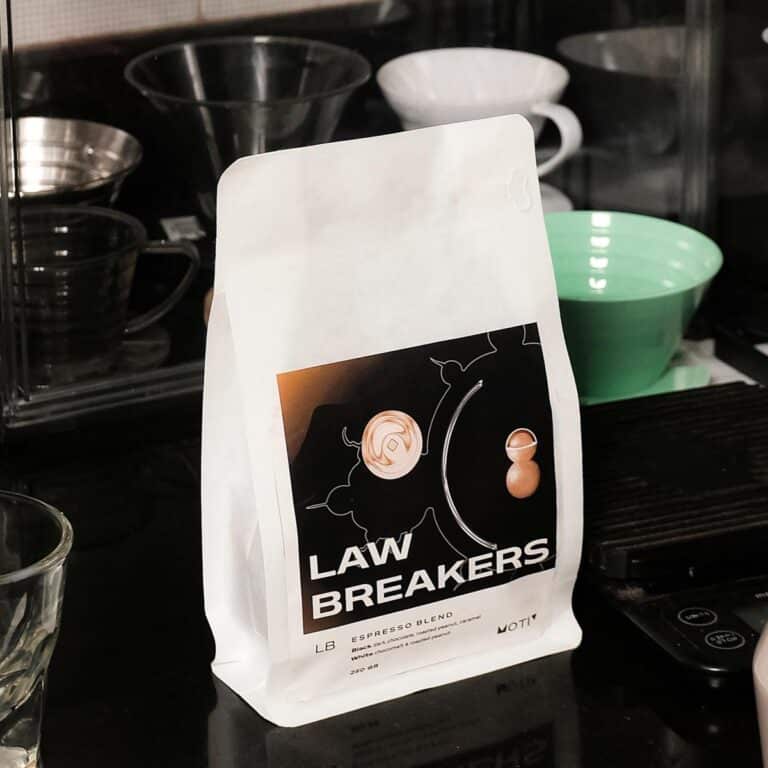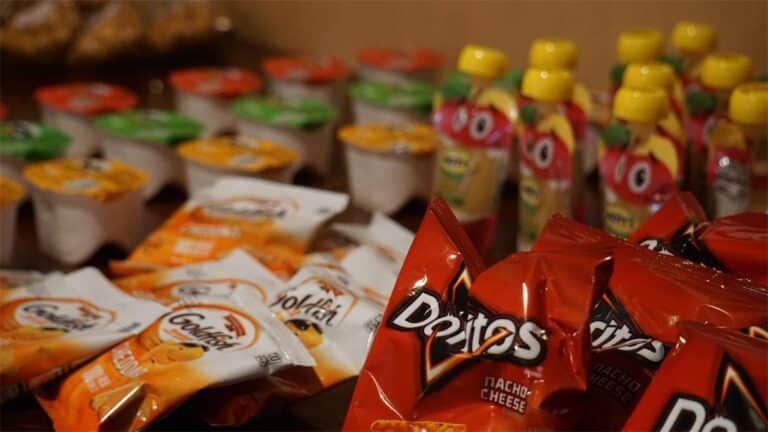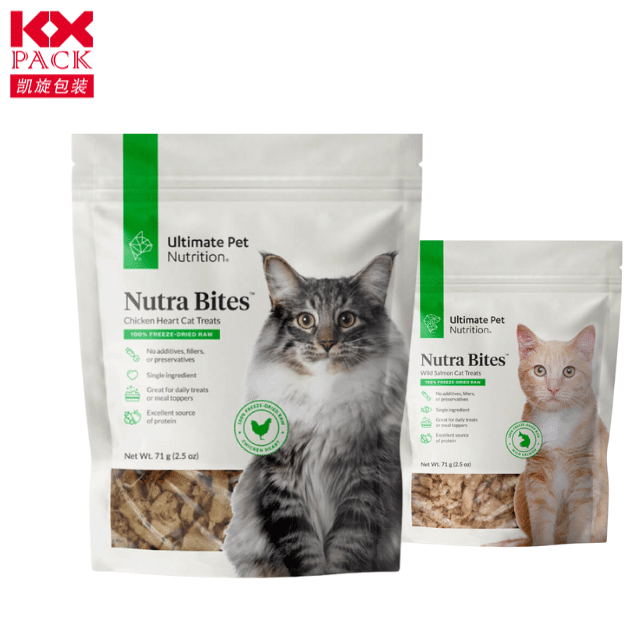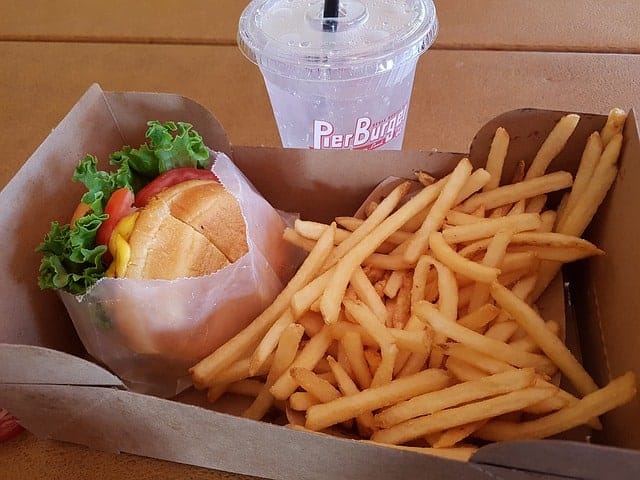Ontwerp en gesondheidsorgvereistes van voedselverpakkingsakke
Ontwerp en gesondheidsorgvereistes van voedselverpakkingsakke
Food packaging bags play a crucial role in protecting and preserving the quality, veiligheid, en integriteit van voedselprodukte. Die ontwerp van voedselverpakkingssakke wat aan gesondheidsorgvereistes voldoen, is noodsaaklik om die voorkoming van kontaminasie te verseker, behoorlike etikettering, en effektiewe gebruik. This article explores the key considerations and healthcare requirements involved in the design of food packaging bags, emphasizing their importance in maintaining food safety and consumer trust.

- Considerations in food packaging bag design:
a. Product compatibility: Evaluating the compatibility of packaging materials with different types of food, including considerations for moisture resistance, oxygen permeability, and UV protection.
b. Physical protection: Discussing the necessity of designing packaging bags that provide adequate protection against physical hazards, such as impact, punksie, and crushing during transportation and storage.
c. Convenience and user experience: Highlighting the importance of designing packaging bags that are easy to open, herseëlbaar, and convenient for consumers to handle and store.
d. Branding and aesthetics: Exploring the role of design elements, including graphics, kleure, and logos, in communicating brand identity and attracting consumer attention. - Healthcare requirements and regulations:
a. Food safety regulations: Understanding the specific regulations and standards that govern the design and use of food packaging bags, such as the FDA’s Food Safety Modernization Act (FSMA) in the United States and the European Union’s Regulation (EC) No. 1935/2004.
b. Labeling requirements: Discussing the importance of accurately and clearly labeling food packaging bags with mandatory information, including ingredient lists, allergen warnings, nutritional values, and expiry dates.
c. Compliance with food contact materials regulations: Highlighting the need for food packaging bags to comply with regulations that govern the use of materials in contact with food, such as the EU Regulation (EC) No. 10/2011 and FDA’s food contact regulations.
d. Packaging waste regulations: Addressing the growing emphasis on sustainable packaging design and the need to comply with regulations related to packaging waste management and recycling. - Food safety and quality assurance:
a. Versperringseienskappe: Examining the importance of selecting packaging materials with appropriate barrier properties to prevent contamination from microorganisms, vog, suurstof, lig, en ander eksterne faktore.
b. Sterilization and hygiene: Discussing the necessity of designing packaging bags that allow for proper sterilization processes and maintain hygienic conditions during manufacturing, filling, and sealing.
c. Tamper-evident features: Exploring the inclusion of tamper-evident seals or closures to ensure the integrity and safety of packaged food products.
d. Shelf life and spoilage prevention: Addressing the role of packaging design in extending the shelf life of food products through oxygen scavengers, vog beheer, and temperature resistance. - Emerging trends and innovations:
a. Active and intelligent packaging: Discussing the advancements in active and intelligent packaging technologies, including antimicrobial films, tyd-temperatuur aanwysers, and freshness sensors.
b. Sustainable packaging solutions: Highlighting the increasing demand for environmentally friendly packaging materials and designs, such as biodegradable films, Komposteerbare verpakking, and recycled content.
c. Digitalization and traceability: Exploring the integration of digital technologies, such as QR codes or RFID tags, for improved traceability, supply chain transparency, en verbruikersbetrokkenheid.
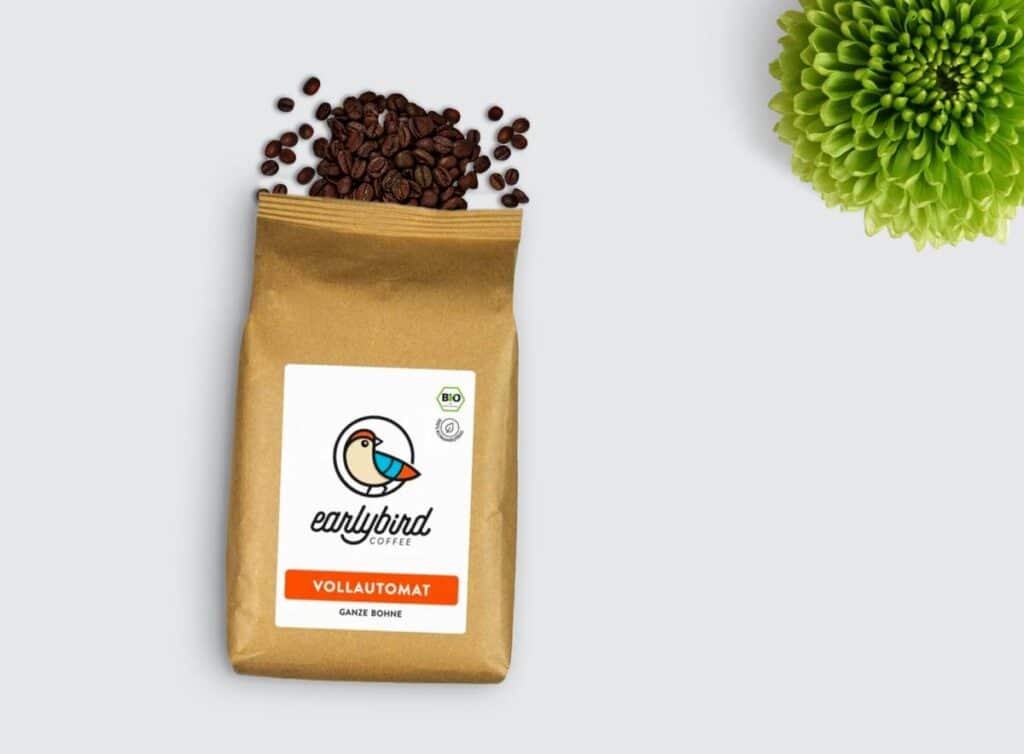
Afsluiting:
Designing food packaging bags that meet healthcare requirements is vital to ensure food safety, wetlike voldoening, and consumer trust. By considering factors such as product compatibility, physical protection, gerief, en handelsmerk, and adhering to healthcare requirements and standards, manufacturers can create packaging bags that effectively safeguard the quality and integrity of food products. Embracing emerging trends and innovations, including active and sustainable packaging solutions, will continue to drive advancements in the design and healthcare requirements of food packaging bags, ultimately contributing to a safer and more sustainable food industry.
kontak ons voedselverpakkingskundiges


